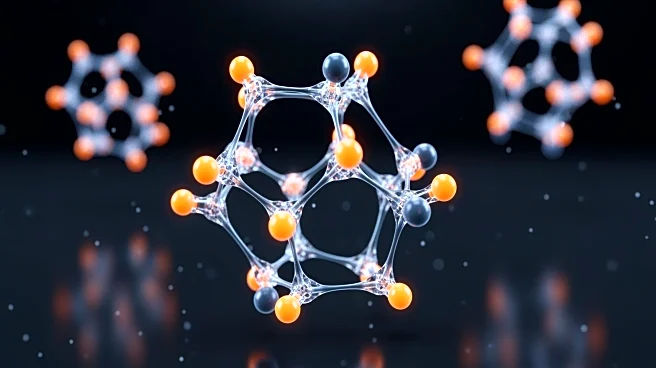What's Happening?
Researchers at the University of Rochester have developed algorithms to identify atomic features controlling the conversion of propane into propylene using nanoscale catalysts. This study, published in the Journal of the American Chemical Society, reveals
unexpected oxide behavior and catalyst stability, providing insights into the atomic structure of industrial reactions. The findings could lead to more efficient methods of producing propylene and other industrial materials.
Why It's Important?
The discovery of the atomic processes involved in propylene production has significant implications for the chemical industry. By understanding these processes, companies can improve the efficiency and cost-effectiveness of producing propylene, a key component in many consumer products. This research could also pave the way for advancements in other industrial reactions, potentially reducing reliance on trial-and-error methods and enhancing sustainability in chemical manufacturing.
What's Next?
The research team plans to apply their algorithmic tools to other industrial reactions, such as methanol synthesis. This could lead to broader applications of their findings, improving the efficiency of various chemical processes. The study's insights might also inspire further research into the development of new catalysts and reaction mechanisms, driving innovation in the chemical industry.
















